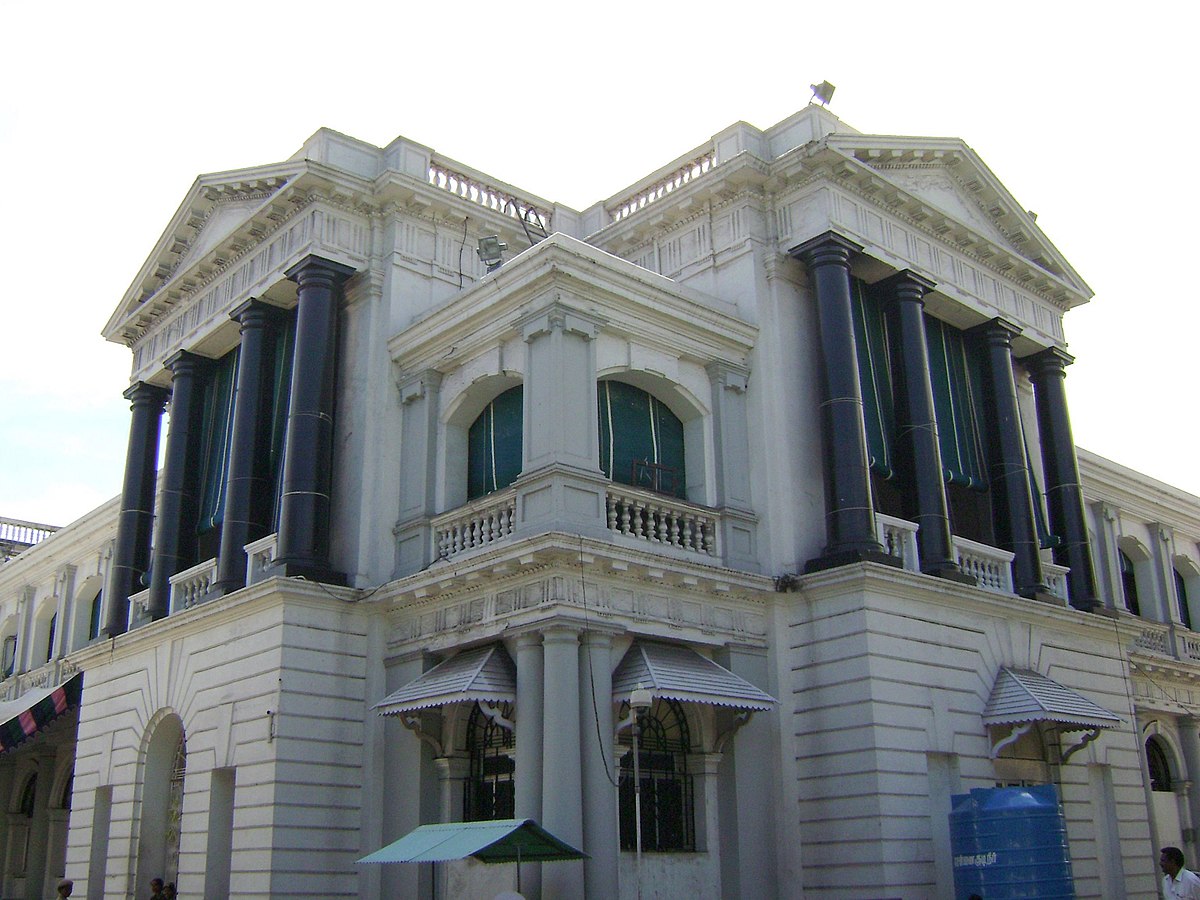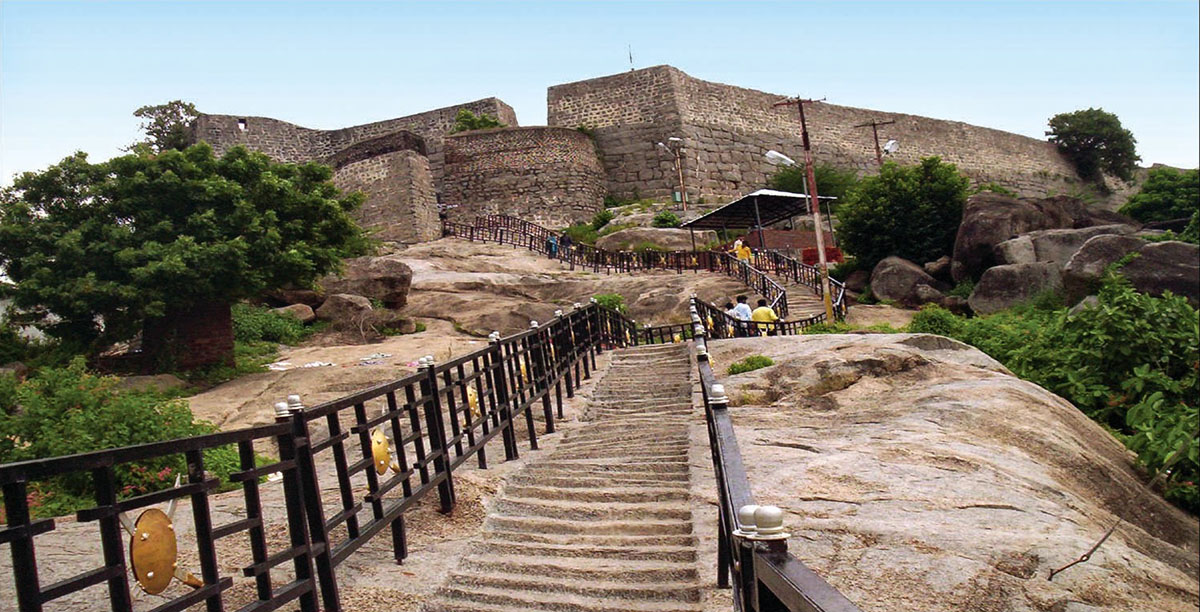Tamil Nadu boasts of many forts dating back to the 17th and 18th centuries. While a few are in ruins, many of these forts are still functional today and form part of the prominent attractions to tourists visiting the state.
Fort St. George, Chennai:
The very first fort to be built by the British in India in 1644, Fort St. George stands in Chennai. Today it is the administrative office of the legislative assembly of Tamil Nadu.
Vellore Fort, Vellore:
The fort in Vellore was the headquarters of the Vijaynagar Empire and was built in the 16th century on the Palor river bank. The fort has the combined presence of a temple, mosque and church among other buildings. It exudes the finest military architectural styles of Southern India with its remarkable moat, ramparts and masonry.
Manora Fort, Thanjavur:
Built by the Marathas in the 17th century, the Manora Fort overlooking the Bay of Bengal has eight stories and a hexagonal tower. Damaged in the Tsunami, it was restored in 2007 with additions like a children’s park also made.
Vijayanagar Fort, Thanjavur:
Built by the Nayaks and the Maratha Rulers, this majestic fort houses the Thanjavur Palace. It also has the SangeethaMahal, Library, an art gallery with several sculptors and paintings and the Shiva Ganga gardens in its complex.
Gingee Fort, Villupuram:
Originally built by the Cholas, the Gingee Fort was modified during the Vijayanagarreign and then became the headquarters of the GingeeNayaks when they were dominant in Tamil Nadu. The fort also served the Marathas during Shivaji’s regime. The fort is an impressive structure at a height of 800 feet and with an 80 feet wide moat surrounding it. The granaries, Chenjiamman Temple and prison cells it houses are worthy of many visits.
Udaygiri Fort, Kanyakumari:
A 17th century fort, Udaygiri Fort was modified by the Travancore rulers in the 18th century. It is now converted into a bio-diversity park. The major attractions are the tombs of the Dutch admiral De Lennoy and a magnificent chapel built in his memory.
Vattakottai Fort, Kanyakumari:
Erected by the seaside, this fort belonged to the Travancore kingdom but built by the Dutch for them. Meaning circular fort, the Vattakotai Fort presents the views of the sea on one side and the Western Ghats on the other and is a popular tourist spot.
Dindigul Fort:
The Dindigul Fort or DindigulMalai Kota was built by Madurai Nayak in the 17th century. It was passed down to the Mysore Wodeyars and gained considerable importance during the rule of Hyder Ali and Tipu Sultan. It was then used by the British during the Polygar Wars. Now it has an abandoned temple on top and a few cannons.
Danish Fort, Tharangambadi:
Acting as the base of the Danish settlement, Fort Dansborg or Danish Fort as it is called by locals was sold to the British in 1845. The fort is now an important tourist destination with a museum displaying artefacts of the Danish Empire.
Thirumayam Fort, Pudukottai:
This massive fort is 40 acre wide and was constructed by the Raja of Ramnad in the 17th century. The fort was a ring fort with seven concentric walls of which only four have survived. With three entrances, the fort has shrines of Hanuman, Ganesha and Karuppar on the south and Bhairava on the north. Cannons, a natural pond and two rock cut temples are among the many attractions the fort beholds.
Rock Fort, Tiruchirapalli:
Built on a 272 feet high rock that could possibly be over a billion years old is the Rock Fort in Trichy. The fort has witnessed many battles and was prominently used by the British in the Carnatic Wars. It has two temples within its premises; the UcchiPillayar temple and Thayumanaswami temple. The Rock Fort is a landmark monument of Trichy.
Alamparai Fort, Kadappakam:
Built around 50 kilometres from Mamallapuram, the ruins of the Alamparai Fort can be seen in the village of Kadapakkam. The fort overlooks the sea and was built during the Mughal period. It is said to have had a 100-metre dockyard and commodities like silk cloth, ghee and salt were exported. The fort was gifted to the French and then conquered by the British.
Droog Fort, Coonoor:
Also called BakasuraMalai, the Droog Fort is a historic monument built by Tipu Sultan and used as an outpost. It can be reached with a hike through the Nonsuch Tea Estate.


